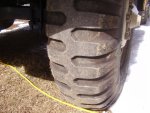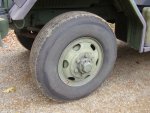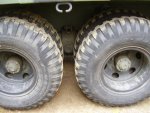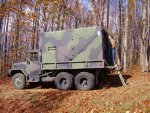M1075
Active member
- 3,589
- 7
- 38
- Location
- Oklahoma City
Found this on www.globalsecurity.org when looking for info on 5 tons...
The nondirectional cross country (NDCC) tire design on the M939 basic truck was engineered for cross-country applications prior to World War II. Changes in vehicle speeds, road construction, mission requirements, as well as advances in tire technology have made this NDCC bias tire obsolete and unsafe. This modification will change the tires from the current bias ply NDCC tire to a radial tire designed for on/off road. Recent improvement in radial tire design will provide better traction and mobility, which will enhance system safety.
The nondirectional cross country (NDCC) tire design on the M939 basic truck was engineered for cross-country applications prior to World War II. Changes in vehicle speeds, road construction, mission requirements, as well as advances in tire technology have made this NDCC bias tire obsolete and unsafe. This modification will change the tires from the current bias ply NDCC tire to a radial tire designed for on/off road. Recent improvement in radial tire design will provide better traction and mobility, which will enhance system safety.


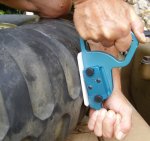
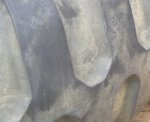
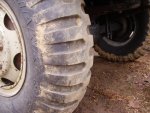
 She must have had bad breath too because shortly after that the cab smelled really really bad and I need to to change my pants.
She must have had bad breath too because shortly after that the cab smelled really really bad and I need to to change my pants.